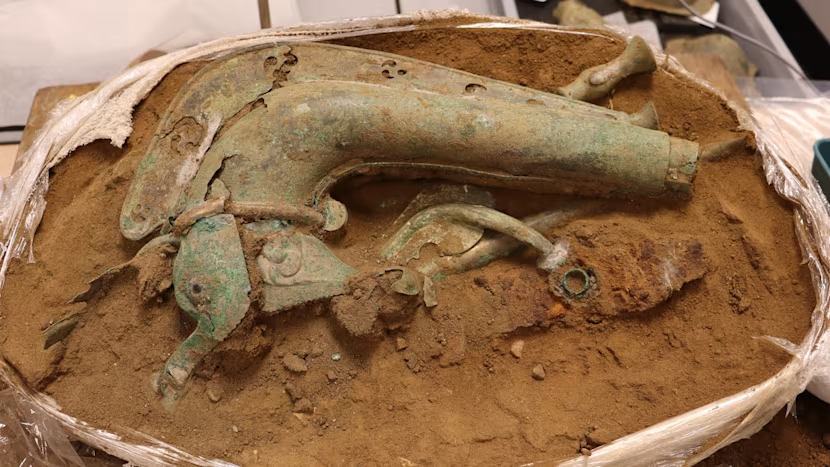The oldest cave known to have been inhabited by humans in Kwahu more than 12,500 years ago is located in the Abetifi Stone Age Park, which is currently the only park in Ghana.
According to the University of Ghana's Archaeology Department, people lived in the caverns around 12,500 years ago.
It implies that humans inhabited the caves for more than 10,500 years prior to the birth of Jesus Christ.
The caverns are currently a component of the 52-acre Abetifi Stone Age Park in Ghana's Eastern Region.
The Park was founded by Ben Addo, a native of the area.
In 2013, the University of Ghana's Archaeology Department used carbon dating techniques to determine the time period in which people lived in the cave.
The oldest evidence of people using stone tools was discovered about 2.6 million years ago, and the Stone Age continued until the beginning of the Bronze Age around 3,300 B.C.
The Paleolithic Period, Mesolithic Period, and Neolithic Period are the three main divisions used to describe it.
The Christian Missionaries from Basel established their own "new Switzerland" in Kwahu, which is Ghana's highest inhabited location. The rocky green plateau of Kwahu exudes fresh air.
There are various dramatic stories for the origin of the word Kwahu, which is used to refer to both the people and the region. One explanation for this is that it was granted to a tribe who chose to fight the Ashanti Empire's growing dominance by fortifying itself on a high ridge overlooking the Afram River (Now part of the Volta Lake).
Outsiders gave the region the nickname "Kwahu"—go and die—because these peaceful people were able to defend their territory by threatening to hurl pebbles down on anyone who tried to overtake them.

















